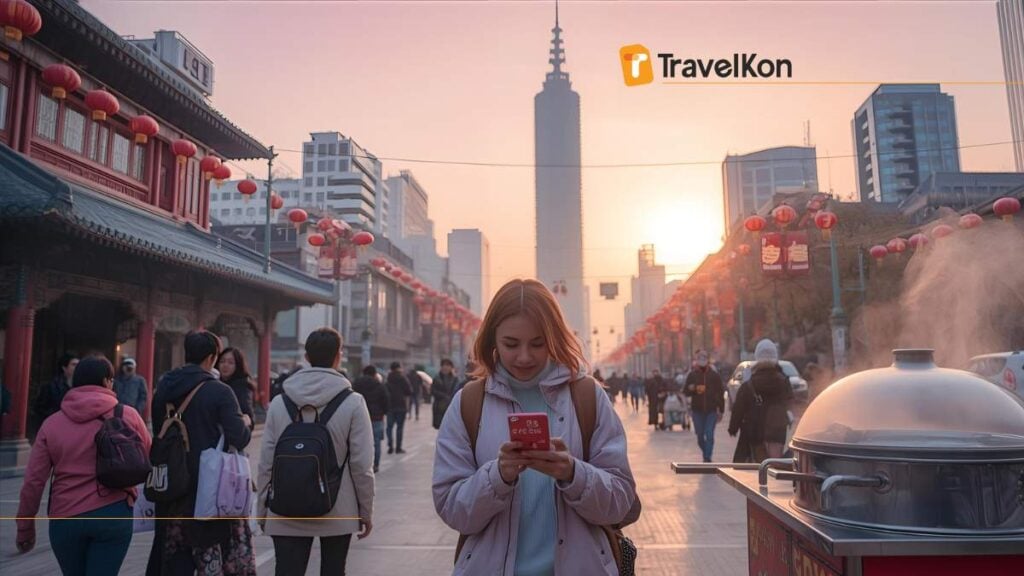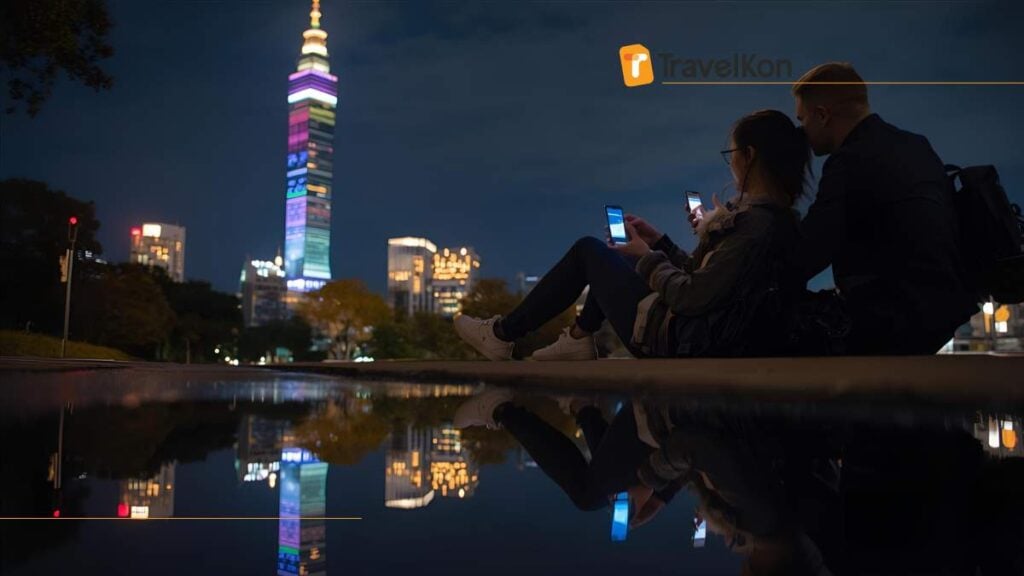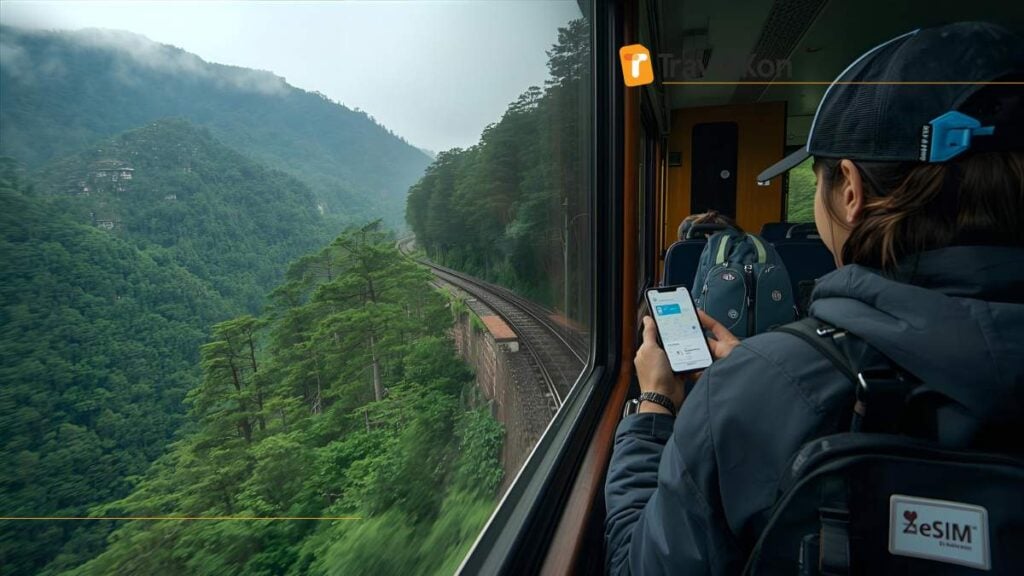2 Weeks in South Korea, Ultimate Itinerary + eSIM Guide
Planning 2 weeks in South Korea offers the perfect balance between cultural immersion, culinary adventures, and natural wonders. This comprehensive itinerary guides you through bustling cities, serene mountains, and volcanic islands while ensuring you stay connected with a reliable eSIM solution. From ancient palaces to cutting-edge technology districts, South Korea delivers unforgettable experiences at every turn. A 2025 report by Travel & Tour World revealed that 76% of tourists who pre-purchased an eSIM for South Korea spent less time troubleshooting connectivity and 34% more time exploring off-grid trails. Day 1-3: Dive into Seoul – Palaces, Markets & Late-Night BBQ Seoul’s vibrant energy welcomes you with a perfect blend of tradition and modernity. Start your journey at Gyeongbokgung Palace, where changing of the guard ceremonies transport you back to the Joseon Dynasty. Spend afternoons exploring Bukchon Hanok Village’s traditional houses before diving into the neon-lit streets of Myeongdong for shopping and street food delights. Your evenings in Seoul should revolve around Korean BBQ in Itaewon or Gangnam, where sizzling meats and soju create the perfect atmosphere for planning your next day’s adventures. The city’s efficient subway system makes navigation effortless, especially with reliable internet access. Day 4-5: Explore DMZ and the Buzz of Incheon’s Culture Parks The Demilitarized Zone offers a sobering yet fascinating glimpse into Korea’s divided history. Join a guided tour to the Third Infiltration Tunnel and Dora Observatory, where North Korea lies visible across the border. These tours require advance booking and proper identification, so having reliable internet for reservations proves essential. Incheon’s cultural parks provide a lighter counterpoint to the DMZ’s intensity. The city’s modern architecture and waterfront areas offer stunning sunset views, perfect for sharing your experiences online with friends and family back home. Day 6-7: Mountain Serenity and Temple Stays in Seoraksan Seoraksan National Park presents a dramatic shift from urban landscapes to natural splendor. The park’s granite peaks and ancient temples create a spiritual atmosphere ideal for reflection and hiking. Consider a temple stay program for an immersive Buddhist experience, including early morning meditation and traditional vegetarian meals. The mountain air and peaceful surroundings offer perfect opportunities to disconnect from digital distractions, though having connectivity for emergency purposes and sharing those breathtaking mountain photos remains valuable for most travellers. Day 8: Fly to Jeju Island – Volcanic Landscapes and Coastal Trails Jeju Island’s volcanic landscapes create a otherworldly atmosphere unlike anywhere else in South Korea. A short domestic flight from Seoul delivers you to this UNESCO World Heritage site, where Hallasan Mountain dominates the horizon. Rent a car upon arrival for maximum flexibility exploring the island’s diverse attractions. Jeju’s unique culture, distinct from mainland Korea, includes its own dialect, cuisine, and the famous haenyeo female divers. The island’s slower pace provides a welcome contrast to Seoul’s frenetic energy, allowing for deeper cultural appreciation. Day 9-10: Cycling, Waterfalls and Tasting Black Pork on Jeju Jeju’s flat coastal roads make it perfect for cycling adventures between attractions. Rent bicycles and explore the island’s famous waterfalls, including Cheonjiyeon and Jeongbang, where fresh water meets the ocean directly. The island’s culinary specialty, black pork, deserves multiple tastings at local restaurants. Evenings on Jeju should include visits to Dongmun Traditional Market for street food and local crafts. The market’s lively atmosphere provides perfect opportunities to practice Korean phrases and interact with friendly locals eager to share their island’s unique heritage. Day 11: Discover Andong’s Folk Traditions and Mask Dance Andong represents the heart of traditional Korean culture, home to the Hahoe Folk Village where ancient customs remain preserved. The village’s thatched-roof houses and Confucian traditions offer insight into Korea’s historical social structure. Time your visit to coincide with the traditional mask dance performances, recognized by UNESCO as Intangible Cultural Heritage. The journey to Andong from Jeju requires careful planning, with flights back to Seoul followed by a train or bus journey. Having reliable internet access throughout these transitions ensures smooth navigation and schedule management. Day 12-13: Unwind in Busan – Beaches, Spas and Jagalchi Market Busan, South Korea’s second-largest city, offers a perfect blend of urban energy and coastal relaxation. The city’s famous beaches, including Haeundae and Gwangalli, provide ideal settings for unwinding after days of intensive sightseeing. The vibrant Jagalchi Fish Market showcases Korea’s seafood culture at its most dynamic. Busan’s more relaxed atmosphere compared to Seoul makes it ideal for reflection on your journey. The city’s excellent public transportation and walkable areas encourage leisurely exploration, perfect for your final days in South Korea. Why TravelKon Offers the Best South Korea eSIM Option for Tourists Staying connected throughout your 2 weeks in South Korea becomes effortless with TravelKon’s eSIM solutions. TravelKon offers instant QR activation before you even leave home, eliminating the hassle of finding physical SIM cards upon arrival. Their plans provide extensive coverage across Seoul, Busan, Jeju, and all destinations in your itinerary, ensuring reliable internet for navigation, translation, and sharing your Korean adventures. TravelKon’s partnerships with Korea’s major networks ensure optimal performance in both urban centers and rural areas. The convenience of managing your eSIM through a simple app, combined with competitive pricing and flexible data options, makes TravelKon the ideal connectivity solution for your Korean adventure. Stay Online with Instant QR Activation – Before You Land Preparing your connectivity before departure eliminates one of travel’s biggest stress points. TravelKon’s eSIM activation process takes minutes, with your QR code delivered instantly via email. This means you can land in Seoul, turn on your phone, and immediately access maps, translation apps, and transportation options without hunting for WiFi or SIM card vendors. This digital preparation allows you to step off the plane ready to explore, navigate, and communicate from moment one. Your Korean adventure begins the instant you land, with no time wasted on logistical hassles or connectivity concerns.
2 Weeks in South Korea, Ultimate Itinerary + eSIM Guide Read More »










